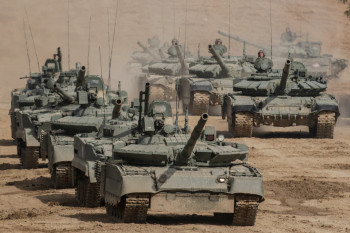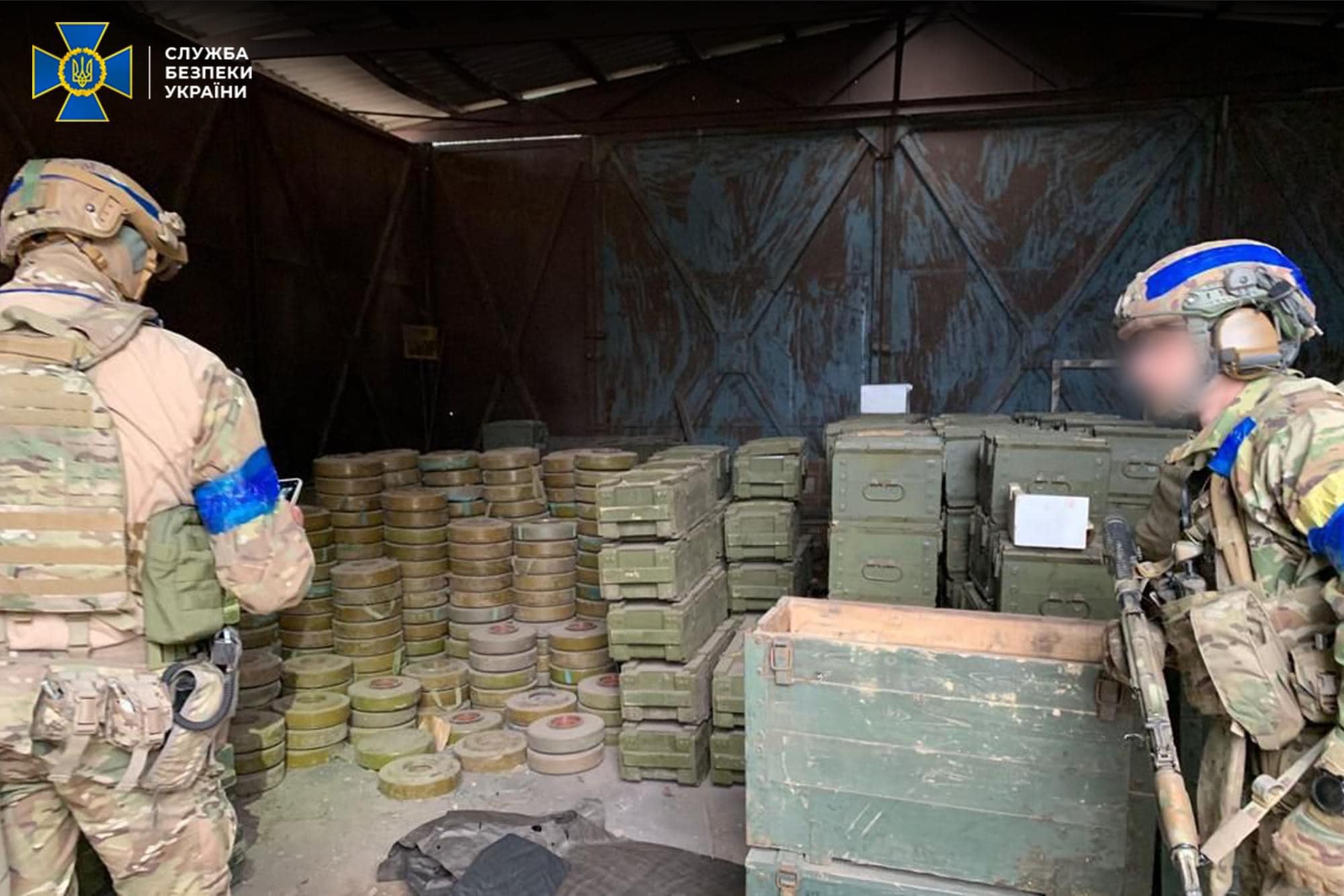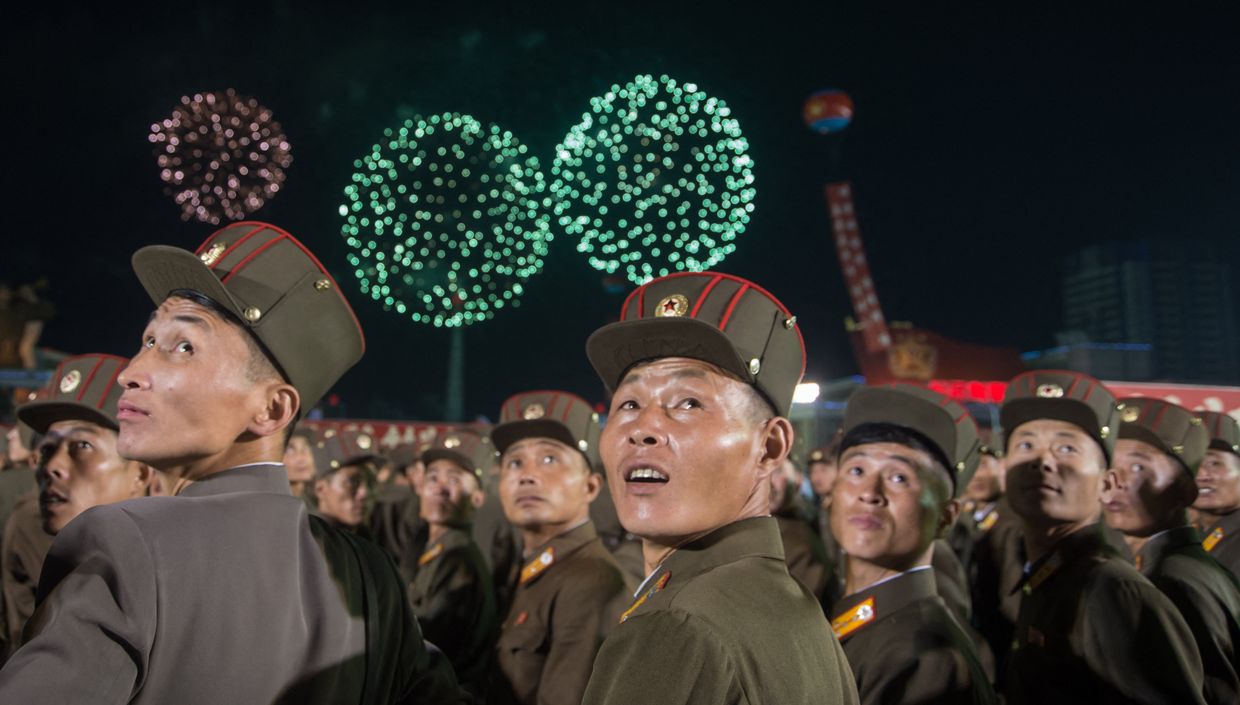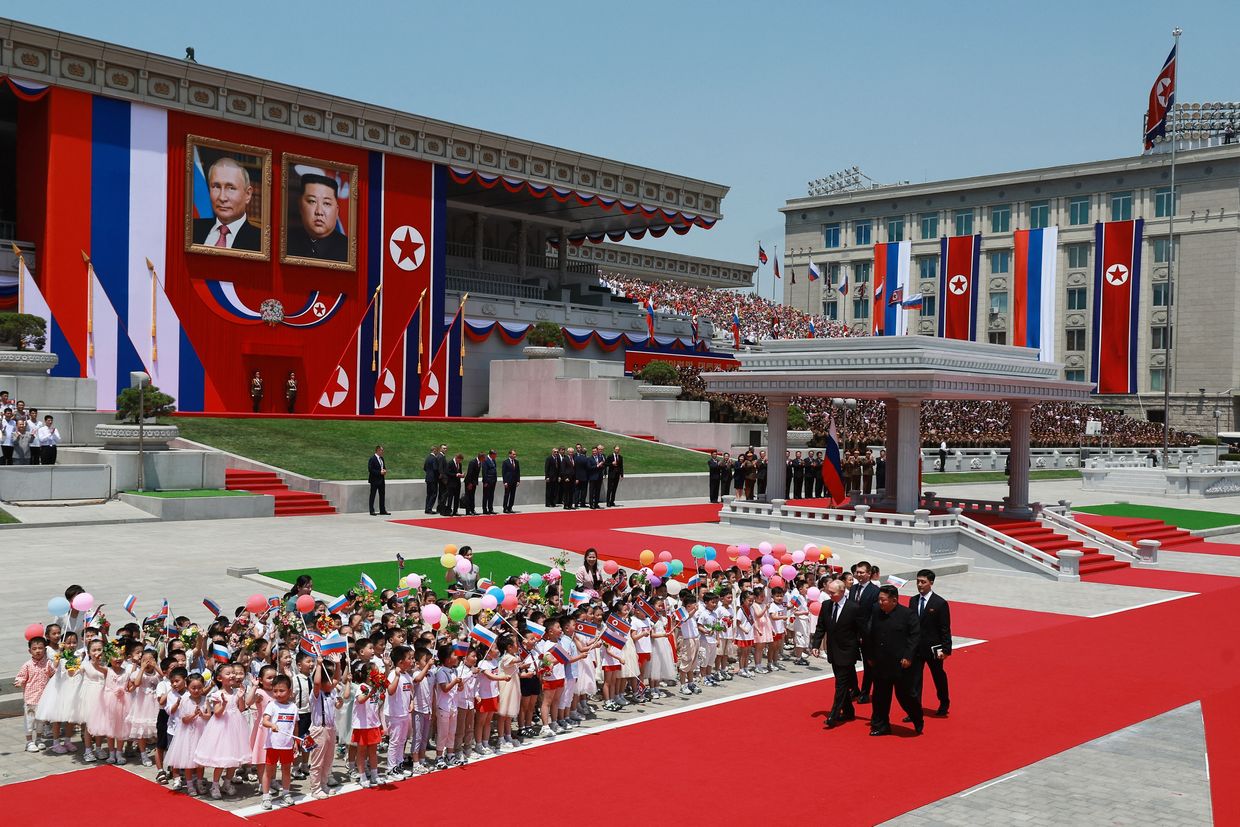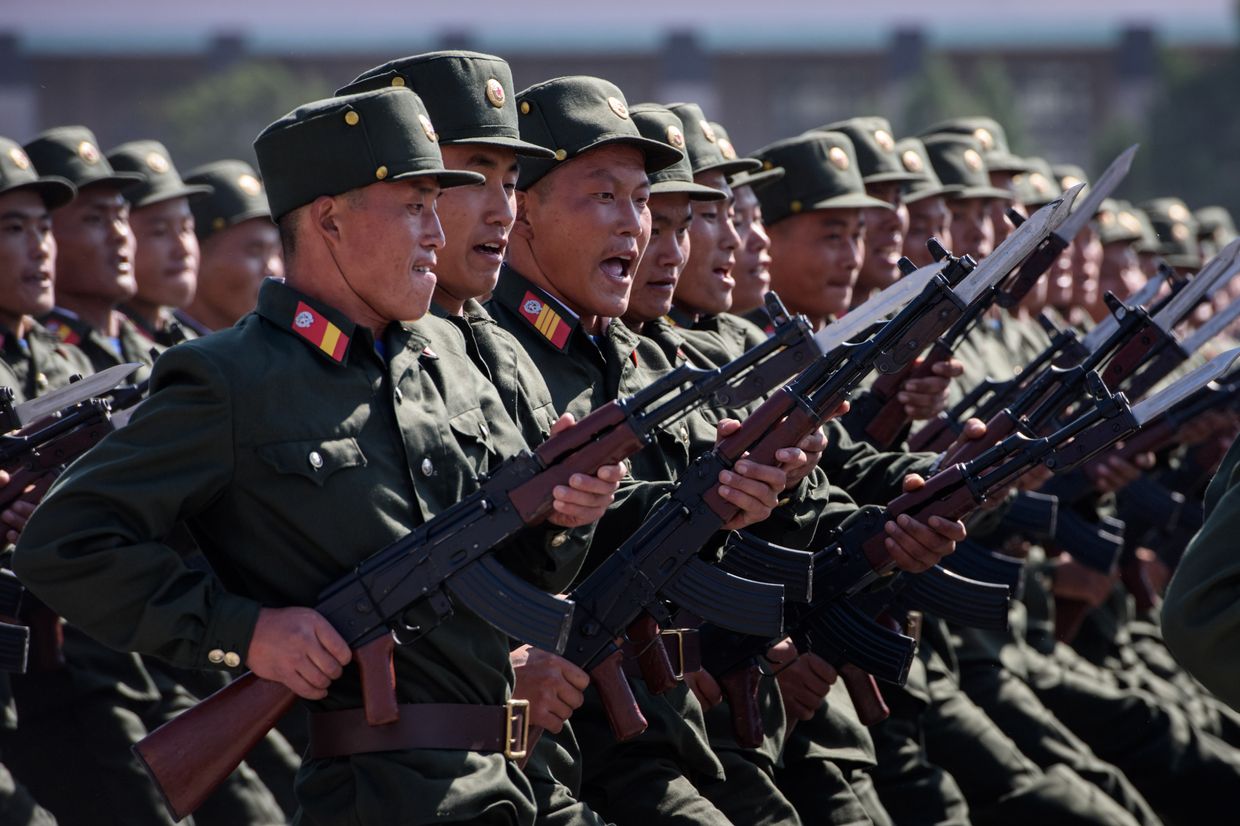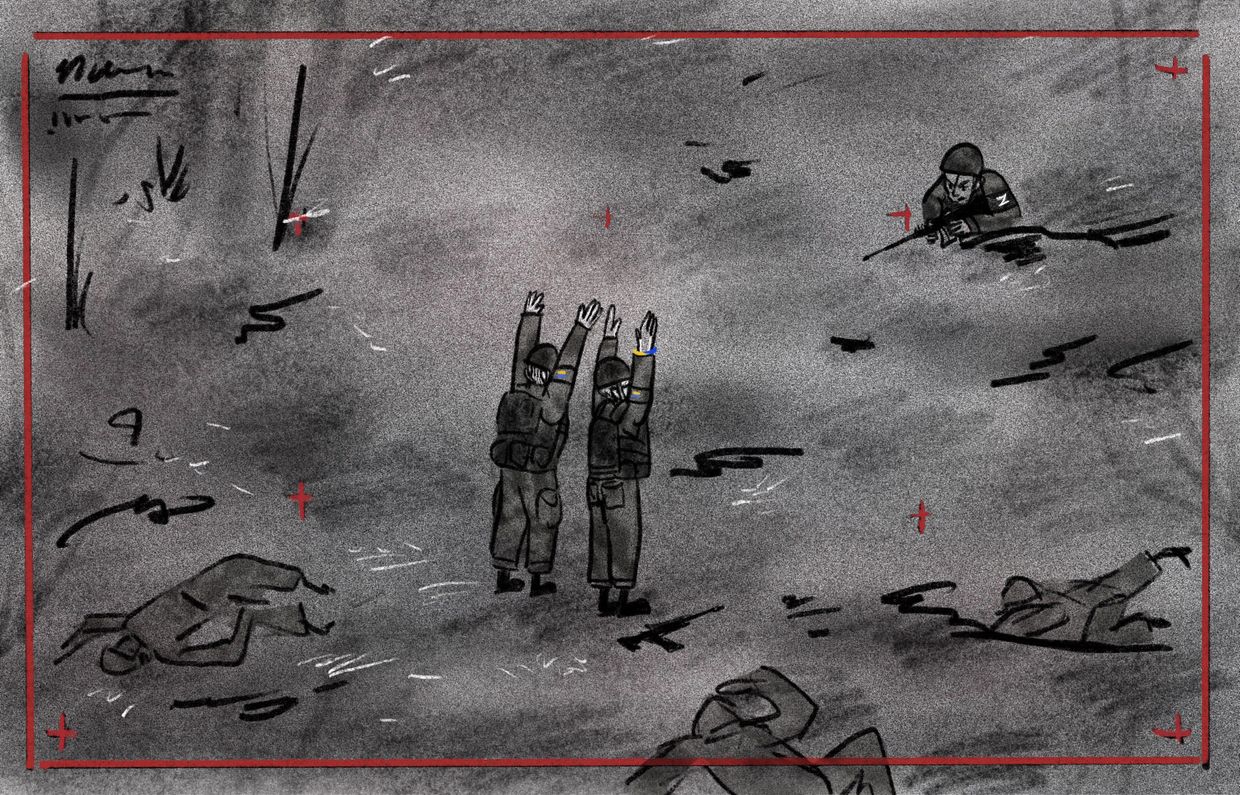Ukraine’s surprise counteroffensive in Kharkiv Oblast forced Russian soldiers to beat a hasty retreat, abandoning ammunition and equipment to be captured by Ukrainian forces.
Since the beginning of the advance on Sept. 7, Ukraine has liberated about 3,000 square kilometers, or over 40 settlements, in Kharkiv Oblast, according to Governor Oleh Syniehubov.
Ukraine recaptured the strategic city of Izium, which was used as one of Russia’s main logistics bases. Ukrainian forces also took Kupiansk, the railway hub supplying Russia's front lines in northeastern Ukraine. Multiple settlements on the border with Russia, including Kozacha Lopan and Volchansk, have also been returned under Ukrainian control.
This push weakened the Russian forces in the Donbas, helping the Ukrainian forces to retake the important towns of Bohorodychne and Sviatohirsk in Donetsk Oblast.
When the Russians fled, they left behind stockpiles of mines, grenades, portable rockets and multiple types of fighting vehicles.
"Under the pressure of Ukrainian warriors, the Russian occupiers are fleeing and leaving behind entire arsenals," Vladyslav Abdula, spokesman for the Kharkiv Region Department of the Security Service of Ukraine wrote on Facebook. "We know what to do with them and will definitely use them as intended — against the enemies."
Abdula posted pictures of what looked like stockpiles of anti-tank and anti-personnel mines sitting in a warehouse.
More footage of Ukrainian soldiers looking around a building packed with cases of ammunition, rockets and grenades appeared on Twitter. The Ukrainian soldiers joked, calling the windfall a “lend-lease,” the name of the U.S. program that simplifies military aid to Ukraine.

Liberated Kharkiv Oblast residents from Zaliznychne told the Washington Post that Russians dropped their weapons on the ground when they fled, with some jumping onto stolen bicycles, trying to pass for locals.
Vehicular losses were also great. Many pictures of Kharkiv Oblast showed abandoned Russian assets ranging from main battle tanks to engineering vehicles, self-propelled mortars and supply trucks
Analyst Jakub Janovsky estimated that Russia lost a total of 336 fighting vehicles in the country from Sept. 7-11. A full 102 vehicles were lost on Sept. 11 alone, most of them in Kharkiv Oblast.
WarSpotting’s online database says that in September, Ukrainians in Kharkiv Oblast captured 18 T-72 tanks (including T-72s, T-72Bs and T72B3s) and a dozen M-80 tanks (including M-80s, M-802BVs, and M-80BVMs).
According to the same database, dozens of infantry fighting vehicles, including MT-LBs and various models of BTRs and BMPs, were captured in Kharkiv in September.
Ukrainian forces also seized several self-propelled howitzers, including Msta and Akatsiya models, according to multiple sources.
Photos posted in open source online channels show that the Ukrainians also reportedly captured a mine clearing vehicle, an armored recovery vehicle, a R-149MA1 command and staff vehicle, and various Russian trucks used for fuel, transport and logistics.
Valentyn Ermolenko, a spokesman for the Ukrainian Armed Forces' Operational Command East, which includes Kharkiv, told the Kyiv Independent that he could not confirm any numbers at this time.
According to investigative project Oryx, as of Sept. 7, Ukraine has been visually confirmed to have captured more than 1,500 vehicles and other pieces of equipment from the Russian army.
Oryx found that since the start of the conflict, Russia has lost 5,802 vehicles. This includes 1,073 tanks, 334 of which were captured and 51 were abandoned, since the beginning of the war. The Conflict Intelligence Team, an independent Russian monitor, says the Oryx database covers nearly 70% of the total equipment lost by both sides, as it includes only fully-verified losses.
However, despite these losses and Russia’s poor maintenance of its tank fleet, it likely has thousands more combat-worthy tanks, enough to potentially fight for years.
